It’s almost time.
It may not look that way yet, driving west on Interstate 80 past the Ruhstaller Hops Farm outside Dixon on the edge of Solano County. The acreage looks awkward in early March — bare wooden poles jutting high with no clear purpose, random strings swinging lackadaisically in the breeze. But by April, the key ingredients to Ruhstaller’s homegrown beer will begin crawling upward, vines aiming for the sky. During the hottest, driest days of summer and with enough water, hop vines can grow up to a foot per day.
“In order to transform our own beers using hops from the Sacramento region, we couldn’t wait for someone else to do it,” says J-E Paino of his decision to start the farm. “If we weren’t going to do it — where we were our own buyer — then why would a farmer?”
Five years ago, while working in real estate in downtown Sacramento, the former director of Rubicon Partners noticed what now seems like a modest two-story building on the corner of J and 9th streets that bore the Ruhstaller name. Paino likens the 19th-century structure to what would today be a 25-story building. He had to know: Who was this guy who built this massive structure then slapped his name on the front?
Paino learned that Captain Frank Ruhstaller was a Swiss German immigrant who eventually landed in Sacramento. That he owned the local baseball team. That he was an owner of Buffalo Brewery when it was the largest brew house west of the Mississippi. That he was a brewer.
“One thing that inspires me is identifying with people,” says Paino of his eventual decision to dust off the Ruhstaller brand and put the name back on the bottle. “This guy was a stud, and so that’s inspiration and it’s worth doing right. I tell my team that we’re just stewards of the family business.”
Paino is a beer nerd and history buff with public relations savvy. He takes his position at the helm of the Ruhstaller family business seriously. (While the family no longer holds any stake in the brewery, as Paino points out, “It’s still their name.”) Shortly after relaunching the brand, he committed to using as close to 100-percent local ingredients as possible, which meant finding local hops.
“We can educate people and say beer doesn’t come from that big factory. It actually starts here in this hops yard, and in California, you should know that.”
J-E Paino
Rewind roughly a century, and that wouldn’t have been such a problem. According to a 1911 report by the California Development Association, the 8,225 acres of hops grown in the state that year had in 1910 an annual value of $1.6 million. California was the U.S.’s leading hops producer for most of the early 20th century. But after Prohibition, many growers turned to crops with larger legal markets. By the time World War II ended, large conglomerates were taking over the beer industry, and hops production dwindled in the Central Valley. The last hop yard standing, Signorotti Ranch in Sloughhouse, ceased production in 1985. The United States remains the world’s second largest producer of the crop, but most is grown in Washington, Oregon and Idaho. Today, California grows a mere 70 acres of commercial hops, with Paino’s small farm ranking third in size.
The Central Valley remains an ideal climate for the crop. Hops like a sandy loam soil and a dry climate. They’re not at all drought-friendly, but a humid climate can allow mold and mildew to take root and spread quickly. But crop yields in places like the Pacific Northwest are greater and the land cheaper. Plus, “locally brewed” beer is just that — the term refers to where a beer is brewed, not where the ingredients were grown — so brewers can call themselves local in good faith, even if their ingredients are imported.
“We’re not going to change that,” Paino says, “but we can challenge that mindset. We can educate people and say beer doesn’t come from that big factory. It actually starts here in this hops yard, and in California, you should know this.”
After a few starts and stops, including a much publicized but short-lived single-season harvest in Winters, Paino was referred to Dave Utterback, who currently owns and grows mostly sod on the old Signoratti Ranch with his wife Dia. Paino cold-called Utterback to ask him how he felt about getting the old hops operation back up and running.
“The first time I called Dave, he’s like, ‘Uh-huh, OK, mmhmm. …’ Click,” Paino says, laughing.
At the time, Utterback was growing about 25 hobby plants, using the original Signoratti Ranch’s heritage rootstalk. Paino’s persistence eventually led to a meeting at the farm, where he convinced Utterback to give him what hops he produced. Utterback agreed, but denied the invitation to expand his operation. He’s like a lot of farmers — a quiet listener, sniffing around silently for hidden motives or false pretense. Paino asked for the following year’s harvest too.
“He kept coming back and bothering me, so I got to thinking about it a little bit,” Utterback says, standing in the evening light of his ranch, which now includes about four acres of hops. “We talked a little more, and I said, ‘Well, I think I’m going to grow some more.’”
That decision led the Utterbacks to increase their hops production from 25 plants outside a window of their home to a four-acre plot on the ranch, and all of their yield goes to Paino. They even recruited George Signoratti’s former foreman, now in his 80s, to help oversee the operation.
“It brings back the heritage of the area,” Utterback says. “People get pretty excited. And it’s fun to watch them grow.”
Dia chimes in, “When they get up from the ground, they have these lateral arms, and when the wind blows they dance.” She sways her arms and looks to the dusty, late-evening sky.
While Paino continued working with the Utterbacks, he was also getting hops from a few other farmers, including the HopsMeister ranch in Lake County, which, at 30 acres, is the largest commercial hops farm in the state. But in 2013, Paino decided it was time to roll up his sleeves and plant his own. Utterback was willing to serve as his agricultural mentor, so Paino found land at the edge of Solano County and two years ago planted three-quarters of an acre of hops.
Ruhstaller tells the story of each beverage’s ingredients on the
back of the bottle. The Gilt Edge is 100-percent California
grown, the 1881 Indigenous uses hops from the Clear Lake area,
and the Old Soul Kenyan uses coffee sourced by Jason Griest of
Old Soul Coffee Roasters.
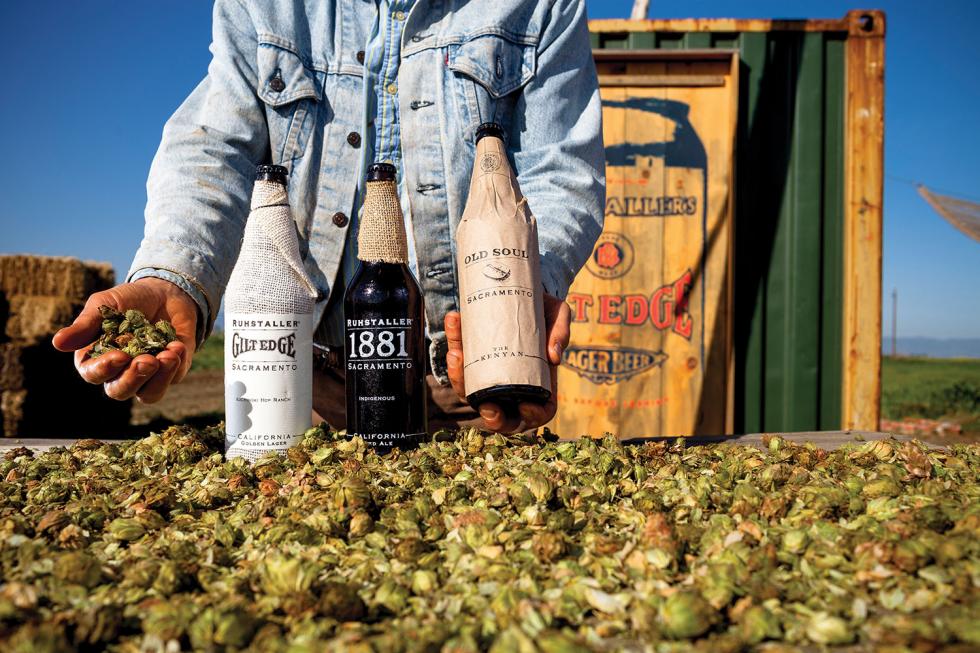
“Solano County has an opportunity that few counties have, in that they have a lot of agricultural land but also a lot of the infrastructure needed,” Paino says. “They’re also close to the freeway, have great water and wind — that Delta breeze that comes through every night during the summer is amazing.”
Jim Leland, the principal planner for Solano County, helped Paino work with the county to get his operation up and running. He says that during annual reviews of the county’s zoning code, agricultural regulations are always of key interest.
“In J-E’s case, he’s been able to come into the county and start putting in buildings, a kiln and a processing center,” Leland says. “There’s not a lot of red tape to go through like there may be in other counties. It’s just building permits, no environmental review for small ag operations or a lengthy discretionary process with public hearings and all of that.”
The next year Paino planted an additional acre and a half. Last year, he added five more. And that surge in planting brought to light the real issue at the heart of any potential renaissance in California’s hop production: equipment.
See, it’s one thing to hire a crew for harvest season to pick an acre of hops, but anything more than a few acres gets grueling. A farmer can’t just bring a bundle of hop vines to a brewer and tell them to go nuts. The cones need to be picked off, then dried and baled, all of which requires expensive machinery. In high-producing areas like the Pacific Northwest, hop cooperatives help alleviate costs, and that makes growing more lucrative.
But there is no such facility here in California. Both Paino and Utterback have their own small kilns, but they really needed a picker. So they bought a 40-year-old hop picker from Europe and had it shipped over. It arrived last August in a couple of large, confusing pieces that needed to be put back together — sans instruction manual.
The hop harvest is typically in August, but Paino and Utterback lucked out in that harvest came late in 2014, so they had about a month to get their machine running. After the two men finished their days tending crops or managing a brewery, they’d meet at the Ruhstaller Farm + Yard to meddle with the contraption until long after sunset.
It took a month of long hours, but now they’re able to pick the same amount of hops with three people that would previously have necessitated a team of 20. The picker can take care of about 50 acres of hops in a season. Within the next couple of years, Paino also wants to add a commercial kiln to his operation.
“This will be a co-op farm,” Paino says. “We’ll probably charge a modest amount so we’re not losing money. But the vision out here at the farm is to have everything that not only takes care of our hops, but will help guys like Dave and others in the region get going.”
But before Paino gets his co-op ready to launch a full-scale hops revolution, he intends to move his brewing operation out to the farm by next year, eventually expanding what he calls his “R&D brewery” into a full-scale brewing facility. Much like a vineyard, Paino wants patrons to both get a taste and see first-hand exactly where his beer comes from.
“The real question is can we communicate to the consumer that this beer is not just locally brewed, but it’s locally grown,” he says. “And will they pay a little more? And then, will they buy it a second time because it’s good?”
Recommended For You

Solano Brews
3 hot sipping spots in Solano County
Solano County hasn’t escaped the craft beer craze. Here are three local breweries you don’t want to miss:
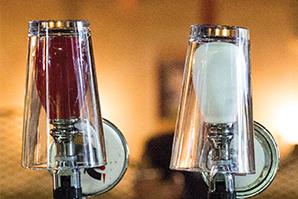
Tapped Out
Is Sac's craft beer bubble on the verge of bursting?
When downtown Sacramento’s Brew It Up poured its last beer in 2011, owner Michael Costello lost more than his business. “I lost everything,” he says. “Nobody really knows the whole breadth of it. It’s not an easy thing to go through.”
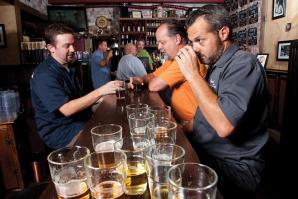
Return to Hops
Craft beers gain momentum in the Capital Region
“I arrived in the City of Saloons,” wrote Mark Twain upon arriving here in 1866. “You can shut your eyes and march into the first door you come to and call for a drink, and the chances are that you will get it.”
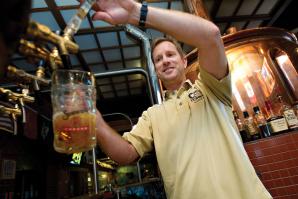
The Science of Suds
Fewer than two miles from a fraternity scene marked by late-night keg stands, chugging contests and beer pong rallies is a quiet UC Davis classroom above Sudwerk Restaurant & Brewery where the next generation of brewers learn the chemistry behind the craft.



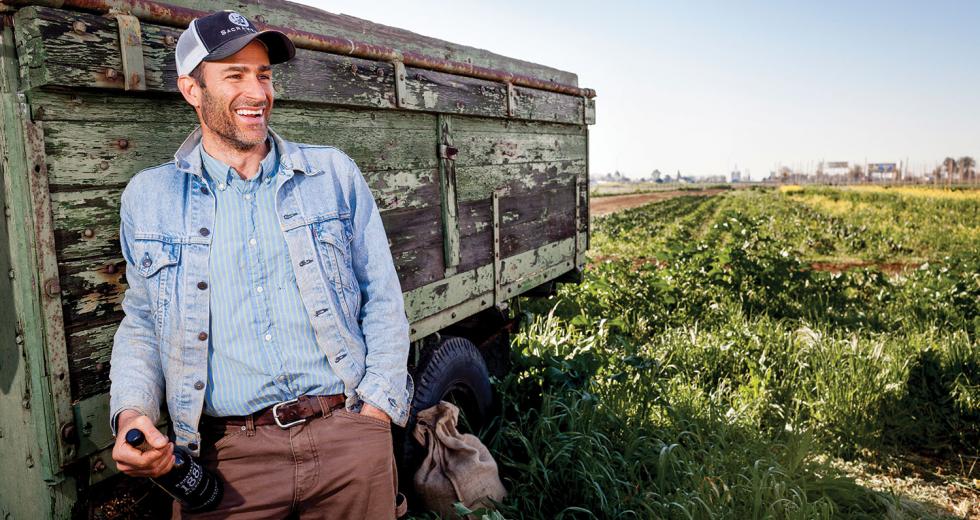
Comments
solld where can i buy some